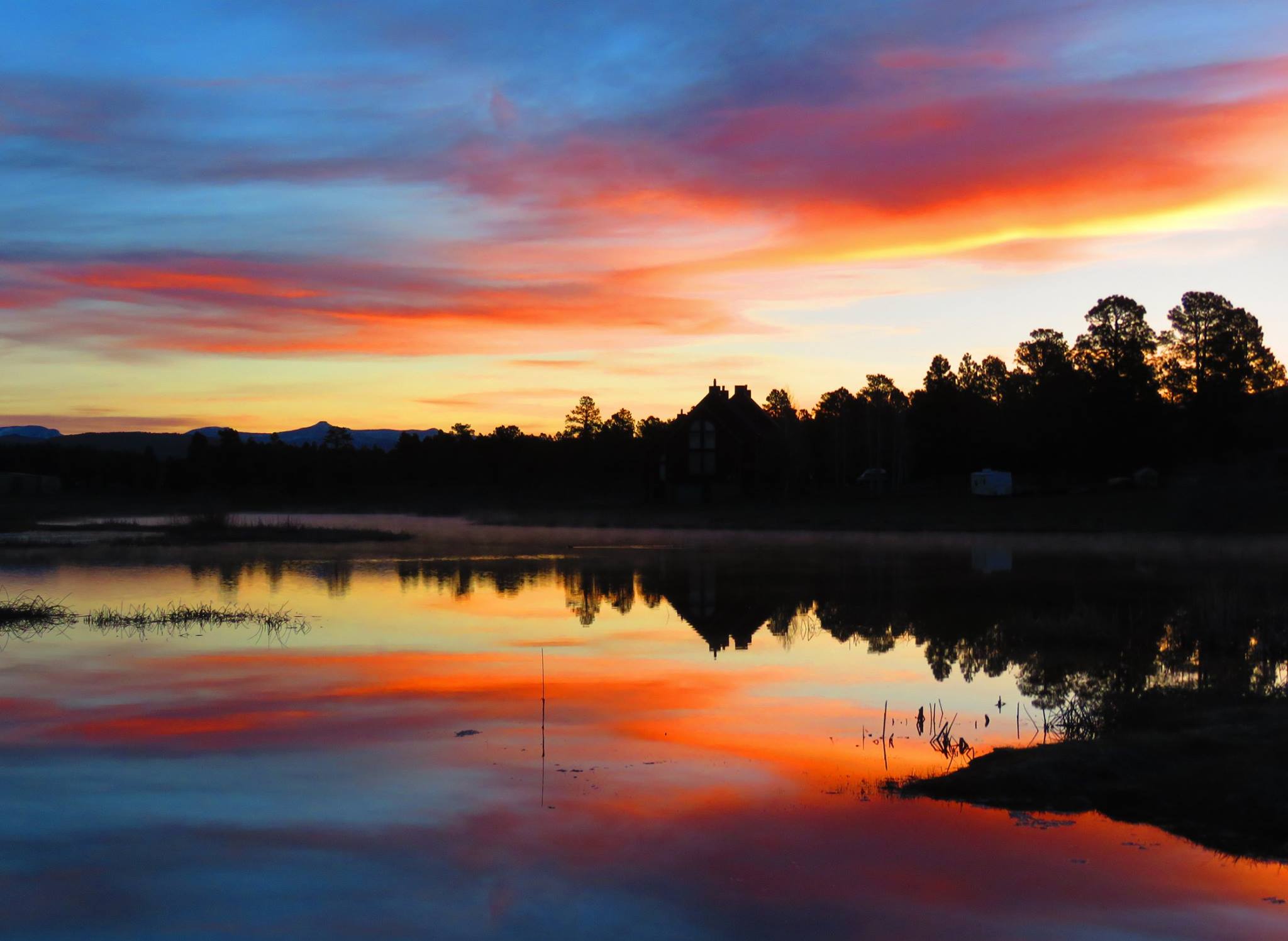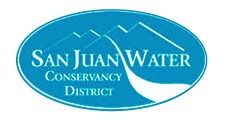Water Information Program Interviews SJWCD

Water Information Partner Spotlight
Q&A with Joe Tedder, Treasurer, and Al Pfister, President
San Juan Water Conservancy District
The Water Information Program (WIP) spoke with Joe Tedder – Treasurer, and Al Pfister – President, with the San Juan Water Conservancy District.
For those who aren’t familiar with the San Juan Water Conservancy District, tell us a bit more about your organization:
The SJWCD was created in 1987 in accordance with the Water Conservancy Act. The District is located at the headwaters of the San Juan River and encompasses all of the town of Pagosa Springs and most of Archuleta County. Our District has transitioned over the last fifty years to a tourism-based economy with many of our visitors enjoying river recreation including fishing, rafting, and tubing and San Juan Forest oriented activities including hiking, mountain biking, camping and winter activities.
The primary focus of the SJWCD during its 36 years of existence has been managing water rights ceded to the District at its formation and exploring water storage options for the Upper San Juan River Basin. Our nine Board Directors are judicially appointed and serve on a volunteer basis.
What is the role or mission of SJWCD?
The role of the SJWCD is to provide active leadership in our community on all issues that impact the supply, use, and management of the water resources of the Upper San Juan River. There are numerous governmental and non-governmental entities in our community with some degree of interest in water resource issues, and the SJWCD seeks to build and/or support collaborative partnerships among these groups. As the imbalance between water supply and the agricultural, municipal, recreational, and environmental demands grows, the SJWCD is devoting increasing resources to the education of our community on all matters impacting water availability and use. Our goal is to be a responsible and valued source of information on water issues facing our community.
You are working on your updated strategic plan, what are some of the goals or projects you are working on that you would like to share with the public:
The SJWCD Board presented its first Strategic Plan at the end of 2020. The often painstaking effort proved invaluable as it gave us a platform to discuss our mission, values, history, and objectives for the future and a dynamic document that can be updated as circumstances warrant. As might be expected, our first Strategic Plan was very ambitious in our objectives. Our 2022 update was more realistic with three objectives replacing the previous six with dedicated Board subcommittees focused on Action Plans developed around each objective. Briefly, the three objectives are focused on
- Identifying potential partners to participate in the design and development of a water storage facility to be located on the Dry Gulch property currently owned jointly by the Colorado Water Conservation Board, the Pagosa Area Water and Sanitation District, and the SJWCD;
- Exploring alternatives to water storage to meet the agricultural, municipal, environmental, and recreational water needs of the SJWCD community; and
- Educating the SJWCD community about the water resources of the Upper San Juan River Basin and related issues, including water resource planning, water conservation, and the work of the SJWCD.
What are the biggest water challenges facing southwest Colorado?
The growing imbalance between supply and demand for the Colorado River has received much deserved press over the last couple years. But we are a people with often short memories and even shorter planning cycles, and the heavy snowfalls of the 2022-23 winter have already changed the tone of reporting for many. While we can’t see very far into the future, our view of the most likely future scenarios based on history and models portends a much warmer and drier southwest Colorado. We will certainly face some very difficult lifestyle changes over the coming years, and educating our communities about their role in facilitating these changes will become more and more critical. Unfortunately, we live in a time when it appears most issues immediately create a 50:50 divide. Education across the divide will require some creative approaches when trust of information and data are at times limited.
What are three aspects of southwest Colorado’s watersheds that you find unique/intriguing?
- Our snowpack serves as the best, and primary, water storage means available, but the earlier snow melt complicates water availability for all users. Reservoirs in basins like the Upper San Juan cannot completely mitigate the inevitable reduction in stream flows during our summers, but can be a tool in managing water availability in a drying and warming climate.
- Intuitively, the healthier our forests are, the more water that can be retained in the soil. Thankfully, more and more research is being done to identify the most productive ways to slow the water flow through our watersheds to encourage water permeation into our natural underground storage.
- The ability of process-based methodologies to aid in meeting the water needs of all users needs to be relayed to our community.
Why does the San Juan Water Conservancy District value water education, and what new water education program are you working on?
Our District is located in a tourism-based economy. While many of our visitors come to the area to enjoy water and snow-based recreation, most come from locales that rarely see water shortages. Many of these visitors buy property and build homes in our District, and bring their engrained ideas on water use including planting landscapes that utilize non-native vegetation and require more regular irrigation. Our education program must address the need for water conservation by all agricultural and municipal users.
Much of our population lives in an area known as Pagosa Lakes. In fact, the Pagosa Lakes Property Owners Association is the second largest property owners association in Colorado after Highlands Ranch, a south Denver suburb. When the area was built starting in the 1970’s, natural streams were diverted and dredged to form a series of lakes that pull water from the Upper San Juan Basin watershed. These lakes provide a source of water for our municipal demand and provide opportunities for recreation including rafting, kayaking, fishing and boating. Our community has been taught over the years that these lakes are our insurance policy against drought, and if the lakes are full, everyone is happy and comfortable. Unfortunately, as the Plumtaw Fire last May showed, our watershed is quite vulnerable. Vulnerability to fire in our watershed, especially with a warming and drying climate, puts the water supply to these lakes in jeopardy. Our education program must teach lessons about where the water at the faucet comes from and the potential threats to those sources. The knowledge about our watershed in our community is frankly very limited.
We recognize that people learn in different ways. With that in mind, we are developing a water education platform that will utilize interactive storyboards and present water data in informative and hopefully eye-catching graphical representations. We will also develop a “Your Water” presentation that we will deliver to various community organizations with an interest in water. Lastly, this platform will include one or more field trips to our watershed for these organizations, with the general public invited as well.
What question do you wish we had asked you?
How is the SJWCD funded?
Our funding is limited to a mill levy from our community that provides approximately $100,000 per year. This limited funding emphasizes the need for us to work with Federal, State and local partners to find additional, significant funding in order to meet the water needs of our agricultural, environmental, municipal, and recreational water users.
